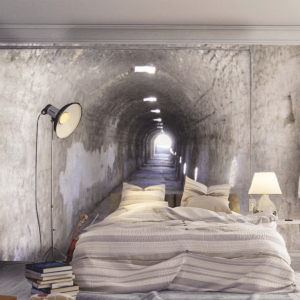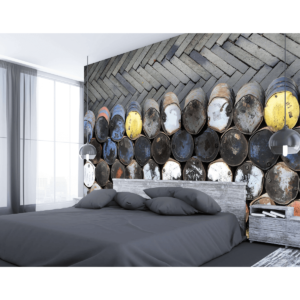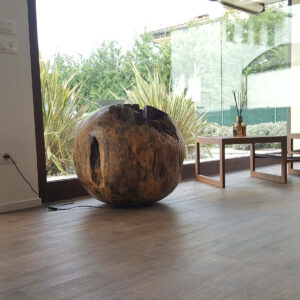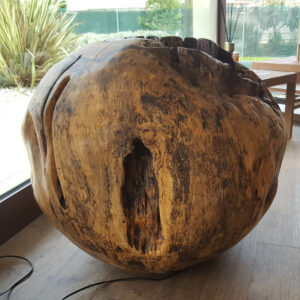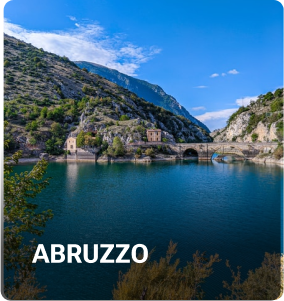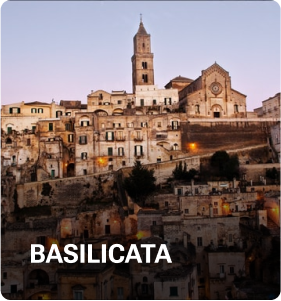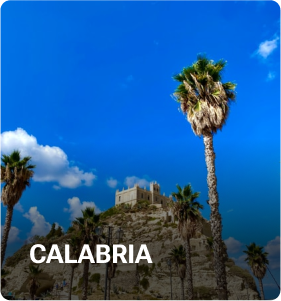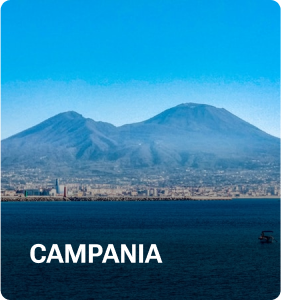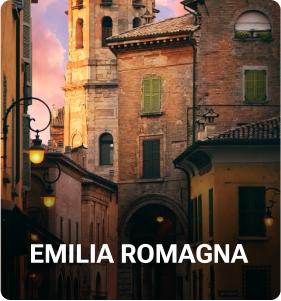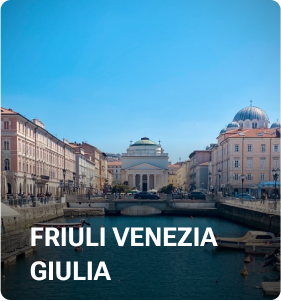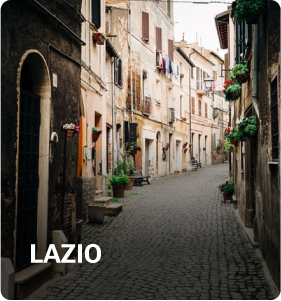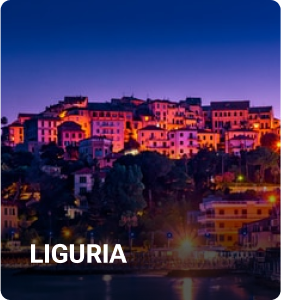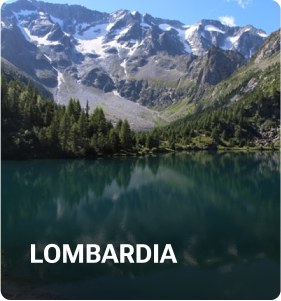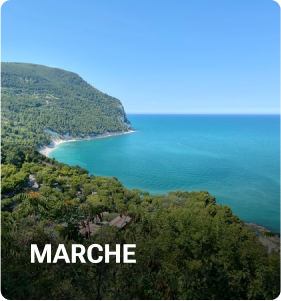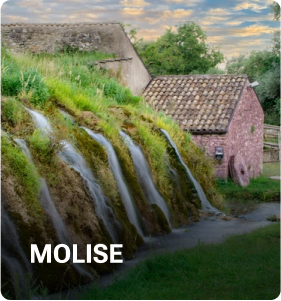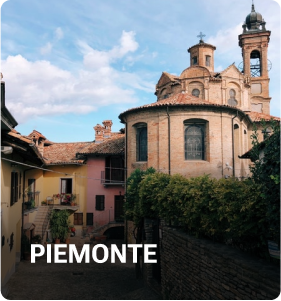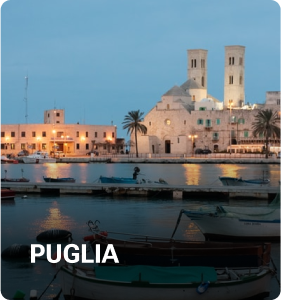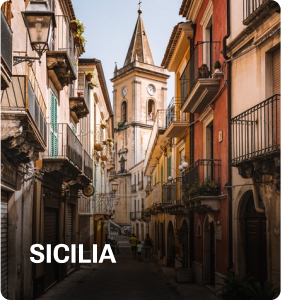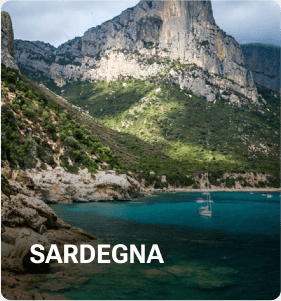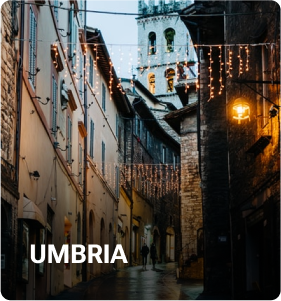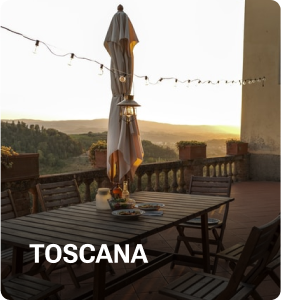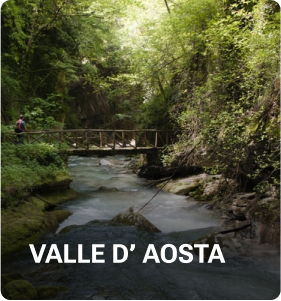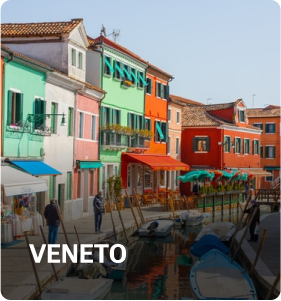Cradle of western civilization and Christian culture, legends and history, ancient streets and green hills: this is Lazio, a region of central Italy bathed by the Tyrrhenian Sea, crossed by the waters of the Tevere river and characterized by a territory in mainly hilly and mountainous, but flat near the coast.
The region offers landscapes that contrast and complement each other, intact natural scenarios and spectacular horizons enclosed between urban centers.
The visitor can go into paradises of extraordinary beauty even within the city walls: one example is Villa Borghese in Rome, the most famous city park where to walk, even by bicycle. The villa is also very interesting for the possibility of visiting the Borghese Gallery and its masterpieces.
Lazio is also a region of spas, whose history is linked to the numerous sources of healing water which had an enormous development during the Roman era, both in the republican and imperial ages. The Romans built sumptuous thermal baths of which there are spectacular testimonies, scattered throughout the territory, such as the Baths of Caracalla, in the heart of Rome.
Tivoli is another spa resort, but its name is mainly linked to the artistic beauties it holds. Its fame is due to the monumental villas: Villa D’Este, characterized by splendid fountains, gardens and the palace, magnificence of the Renaissance period, and Villa Adriana, the ancient residence of Emperor Hadrian. The two villas have been included by UNESCO in the list of World Heritage sites.
For those who prefer the sea, the region offers authentic pearls such as Gaeta, Sabaudia, San Felice Circeo, Sperlonga and the Pontine islands, with Ponza, Ventotene in Palmarola, while lake lovers will not be able to go to Bracciano where it is located. An enchanting expanse of water surrounded by the intense green of the surrounding nature, with the imposing Odescalchi castle in the middle.
Walking in the medieval streets of the villages close to the shores of the lake will give the perception of how much these places are linked not only to the Roman Empire, but also to different eras and civilizations. An example is Lake Bolsena, in Viterbo, the largest volcanic lake in Europe from which two islands emerge, Bisentina and Martana, which combine the charm of nature that surrounds them and the splendid panoramas, combining history with traces left by the Etruscans, by the Romans and by the historical periods that followed.
Finally, mountain lovers will not be disappointed, as they will find excellent ski resorts in Lazio such as Terminillo, Livata and Campo Staffi. Visiting these lands leaves the memory of unique places, of intense emotions, but also the clear perception of the inexorable passage of time, which motivates all attempts, by those who preceded us, to challenge the centuries leaving us something of ourselves.
The provinces are: Rome (chief town), Frosinone, Latina, Rieti, Viterbo.
Discover Italy
Things To See
Knowing and discovering Lazio is a bit like leafing through a history book: each page is linked to the other by a series of events that have left their mark on this splendid area. So is Rome, the “eternal city”: a set of tracks to follow in order to reconstruct the history of our ancestors.
The first stop then, in the heart of Rome, is the majestic Colosseum, also known as the “Flavian Amphitheater”, home to the circus games where gladiators fought. The Via dei Fori Imperiali, which starts from the Colosseum, leads along the archaeological route par excellence, a complex unique in the world of temples, basilicas, public and sacred buildings surrounded by green vegetation, of which the Roman Forum is the heart.
The archaeological finds and works of inestimable value, found during excavations, are largely kept in the Capitoline museums, on the Capitol, which was the acropolis of the ancient city. Not far away is the Marcello Theater and the famous Bocca della Verità, marble sculpture, close to the Church of Santa Maria in Cosmedin, which represents the face of a faun: a face that, according to legend, would swallow the hand of those who lie.
The visit to the capital continues following the Lungotevere up to Castel Sant’Angelo, mausoleum of the emperor Hadrian, which was a refuge for the popes and was also used as a prison. The Vatican city, seat of the Papal States, is a mandatory stop, with the famous San Pietro square and the magnificence of the Sistine chapel, where we can admire the “Last Judgment”, a sixteenth-century masterpiece by Michelangelo.
Rome is home to the main institutions of the country and you cannot forget its palaces, its basilicas and its squares such as the Spanish Steps, with the famous staircase of Trinità dei Monti, Piazza Farnese and Piazza Navona with the Fountain of the Four Rivers of the Bernini; not to mention the eighteenth-century Trevi Fountain, where, according to tradition, tourists throw a coin as a wish to return to the eternal city.
In the surroundings of Rome, the Castelli Romani are an attraction for those who love light-hearted outings and a cool refuge during the hot summer nights. Ostia instead, in addition to a well-known seaside resort on the Lazio coast, is worth a visit for its excavations of ancient Ostia, one of the best examples of Roman cities that has come down to us.
About 40 kilometers from Rome, Tivoli is definitely worth a visit with its two splendid villas, Villa Adriana and Villa d’Este, declared World Heritage by UNESCO.
But the other provinces of Lazio also reserve pleasant surprises. An important city center since ancient times, Rieti is rich in testimonies from both Roman and medieval times, a period in which the city was a free municipality and then residence of popes. The capital of Latina and its province, on the other hand, offer splendid beaches, overlooking the Tyrrhenian sea, but also suggestive villages and the nature of the Circeo National Park.
Lots of greenery and enchanting medieval villages characterize Tuscia and its capital: an oasis for good food and relaxation, between Etruscan heritage and the Via Francigena. Still little known, despite the many beauties of the area, Ciociaria and its capital offer visitors splendid landscapes, suggestive villages surrounded by greenery and historical testimonies.
Discover Italy
What to Do
The territory of Lazio is endowed, in addition to a remarkable cultural heritage, with naturalistic riches that are real monuments of nature. This is testified by its parks and natural reserves, from the Circeo national park to the Castelli Romani Regional Natural Park, from the natural monument Giardino di Ninfa to the Appia Antica Regional Natural Park.
They are paths in nature, to discover antiquities immersed in it with specific educational paths. Bird watchers will have the opportunity, in some of these parks, to admire the many species of birds present and observable all year round.
In the Bracciano-Martignano regional natural park, the two lakes of the same name are an attraction for sailors and canoeists while, for those who prefer the sea, the Ponziano archipelago offers divers beautiful seabed to explore, rich in flora and fauna.
The spas are an attraction for those who are looking for treatments and relaxation. Fiuggi, Tivoli, Viterbo to name a few, combine the ancient charm of their origins with self-care, in equipped and avant-garde establishments. For mountain lovers, in addition to the well-known ski resorts of Terminillo, Leonessa, Arcinazzo, the mountains of Lazio offer the possibility of trekking, cycling, mountain biking, hiking, mountaineering and walking.
What about Rome? As Capital, Rome offers all kinds of entertainment, without mentioning the well-known artistic beauties that characterize it and all the itineraries and cultural events, literary, exhibitions, festivals that can be found throughout the year.
A particular area where to walk is the so-called “Roman shopping district” (Via dei Condotti, Via Frattina, Via Borgognona and Via Margutta), which offers the best of “made in Italy” and non-made fashion, in period buildings and scenarios unmatched, like that of the steps of Trinità dei Monti.
Literary cafes and aperitifs enjoyed in the suggestive squares of the historic center are the privilege of seeing and experiencing this city. How can we forget the living room of the “Dolce Vita” of Fellini’s memory and Via Veneto? Symbol of an era that has made history, with its trendy cafes and restaurants, via Veneto will enchant every visitor.
But Rome is much more and must be discovered slowly in every more hidden corner, which always reserves curious surprises, such as that of seeing from the hole of a lock of a door, the magnificence of the dome of San Pietro.
Discover Italy
What to Taste
The Lazio gastronomy is very tied to the land and made of intense and deep flavors, with simple and genuine dishes. Discovering this cuisine is a joy for the palate: first courses based on gnocchi, spaghetti with Amatriciana, enhanced by the flavor of the bacon and pecorino, spaghetti Carbonara, with eggs, pecorino and bacon and rigatoni with pajata, just to name a few . Followed dishes based on lamb and vegetables, tripe from Trastevere, vaccinara-style tail and Roman saltimbocca, true essence of the typical local cuisine that can be tasted in one of the many trattorias in the region. Among the flagships of the Lazio region are also the Roman artichoke, to which various festivals and celebrations are dedicated, the porchetta, well known that of the Castelli Romani, the black olives of Gaeta, the olive oil of Sabina and the chestnuts from the Cimini Mountains. There are numerous DOC wines from Lazio that accompany the tasty dishes of traditional cuisine; these include Aprilia, Aleatico di Gradoli, the wines of Castelli Romani and Colli Albani and Montefiascone Est! Est !! Est !!! which owes its name to a history handed down for centuries. It is said that an abbot, during his travels, commissioned a servant to report the taverns with the best wine by writing down the word East on the walls of the building. In the taverns of Montefiascone, impressed by the goodness of the wine offered, the servant wrote East, East, East (3 times) to underline the excellent quality of the drink served.



Delightful Products
Made in Italy products on Macrigi are of high quality and made following the traditions and craftsmanship of the past. By “Made in Italy” we mean products produced in Italy with local raw materials or ingredients.
-
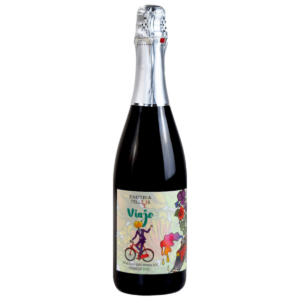

‘VIAJO’ PINOT GRIGIO DELLE VENEZIE DOC
€17.75Rated 0 out of 5(0 reviews)Sold By AZ. AGR. ENOTRIA TELLUS Store -
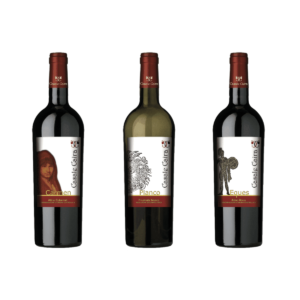
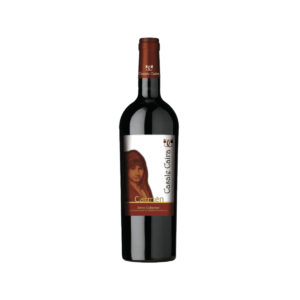
-
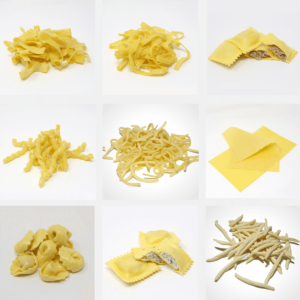
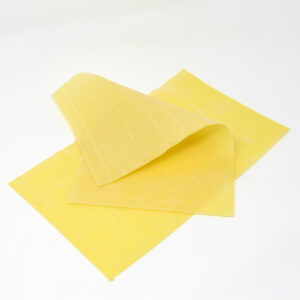
-


24h Nourishing face cream for mature skin – 50 ml
€89.90Rated 0 out of 5(0 reviews)Sold By Macrigi -


-
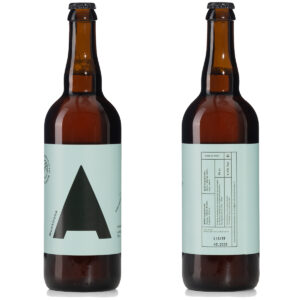

-
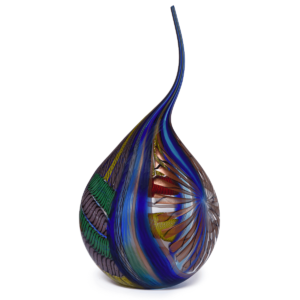
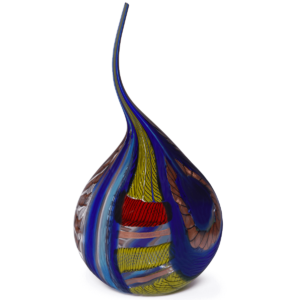
-
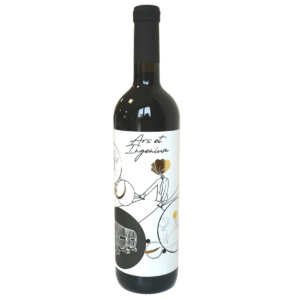
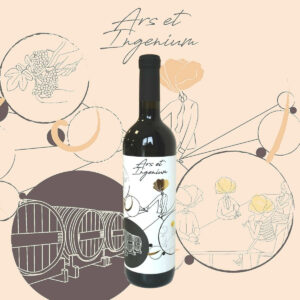
ARS ET INGENIUM IGT MARCA TREVIGIANA
€18.80Rated 0 out of 5(0 reviews)Sold By AZ. AGR. ENOTRIA TELLUS Store
Macrigi MArketplace
The SMEs We Have Chosen

